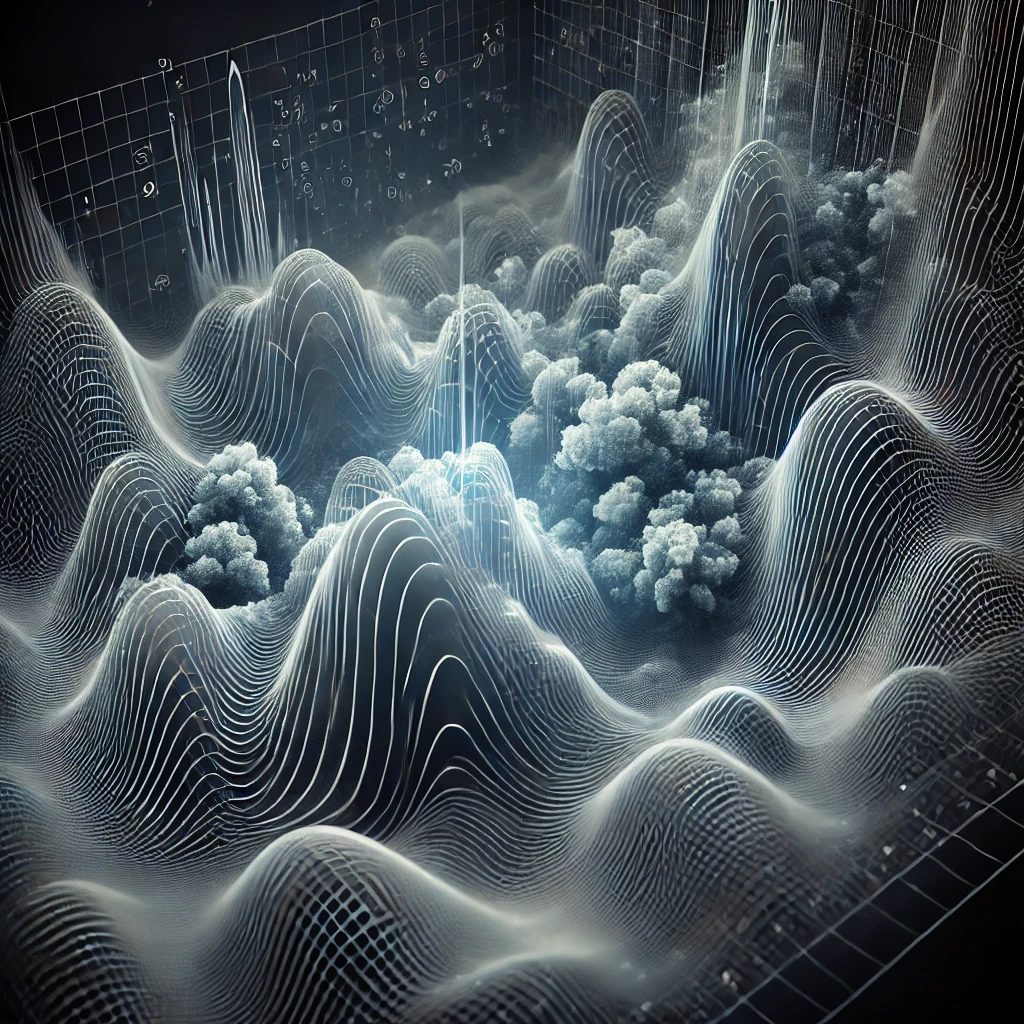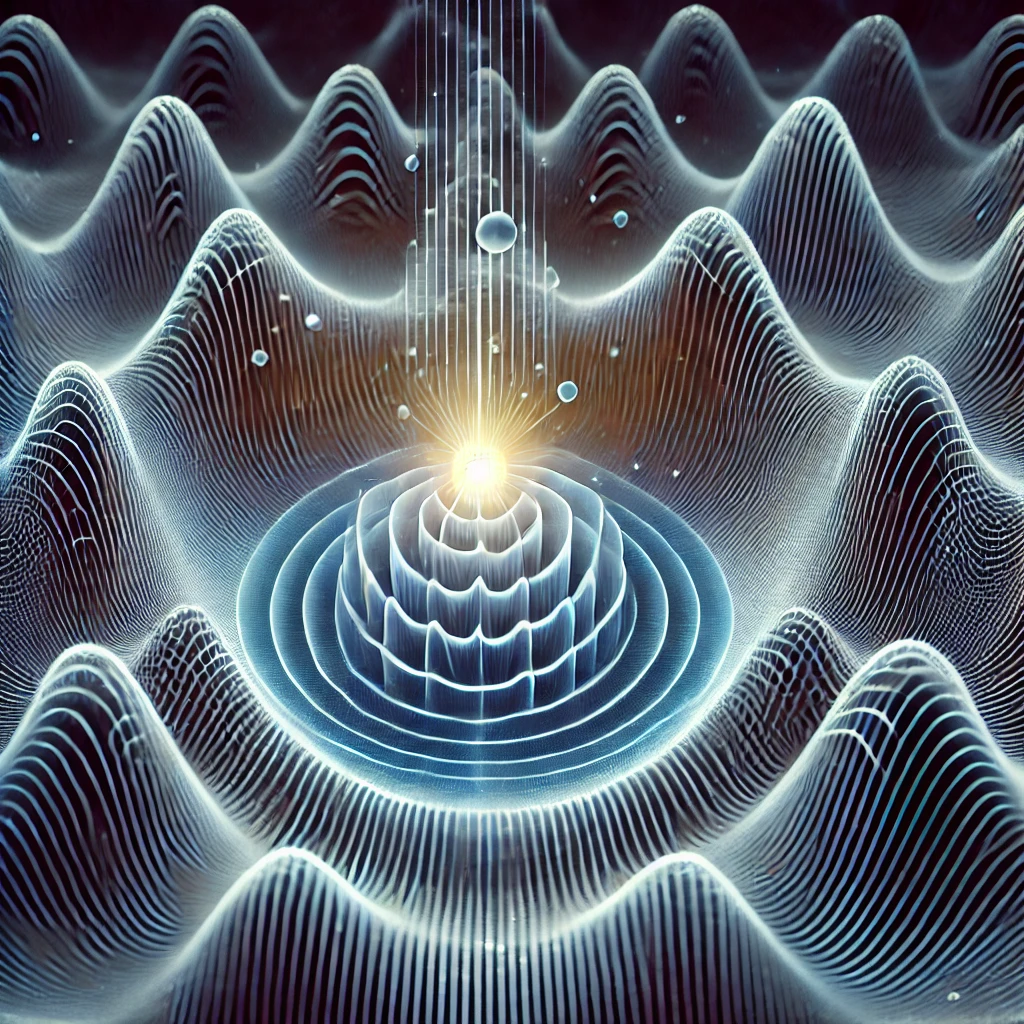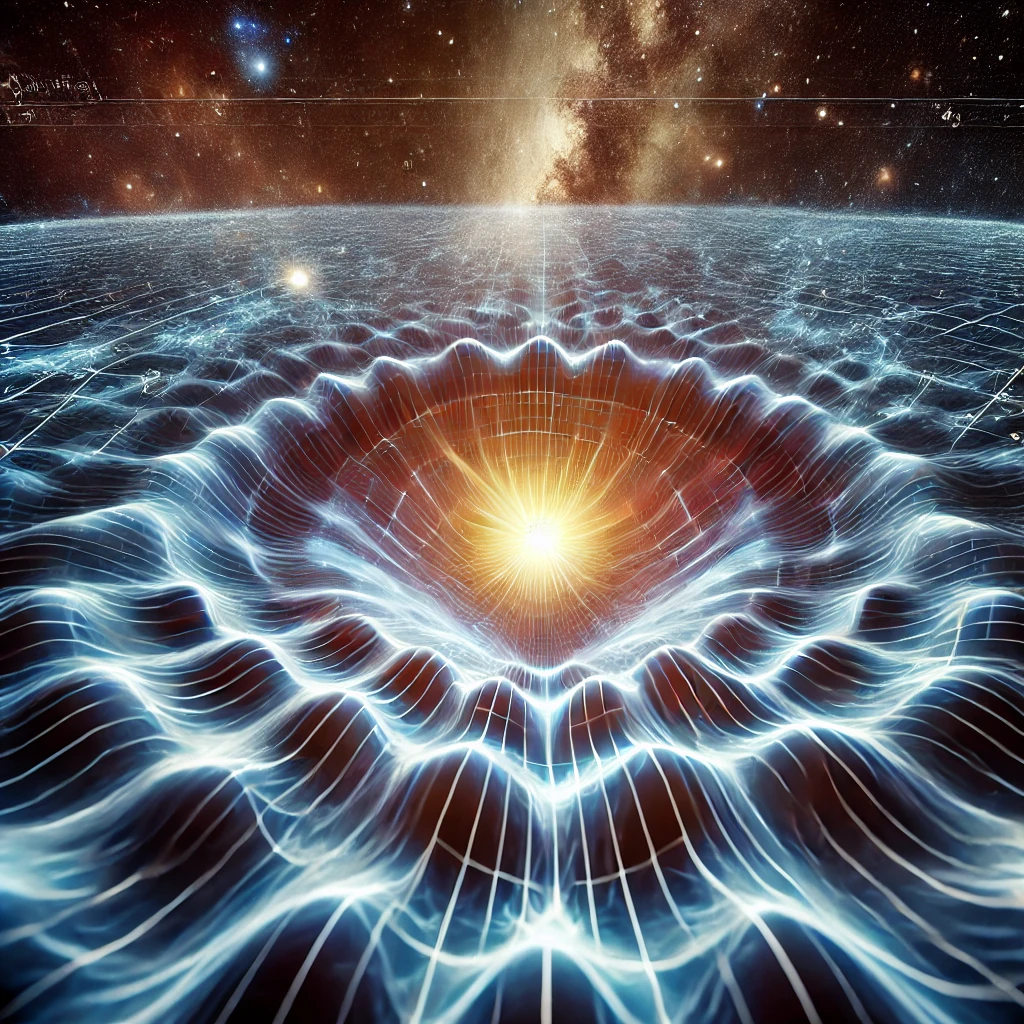


1. What is Vibrational Field Dynamics (VFD)?
VFD proposes that all particles and forces emerge from vibrations in a fundamental scalar field. The vibrations of this field give rise to gravity, electromagnetism, and quantum mechanics, potentially unifying all known forces.
2. How does VFD explain gravity and electromagnetism?
In VFD, gravity is described as a consequence of spacetime curvature, influenced by the scalar field. Electromagnetism arises from gauge symmetries of the field. These predictions align with the observations made in gravitational lensing and electromagnetic wave behavior.
3. Does VFD explain dark matter?
Yes, VFD proposes that dark matter could be explained by modifications to gravity resulting from the vibrational field’s negative energy densities. This aligns with galaxy rotation curves and gravitational lensing, which suggest extra gravitational influence without visible matter.
4. What about dark energy?
Dark energy is explained in VFD as arising from the field’s negative potential energy, driving the accelerated expansion of the universe. This explanation matches observations of the universe’s expansion rate through redshift measurements and supernova data.
5. How does VFD describe the early universe?
The early universe in VFD is a high-energy state of the scalar field. The theory predicts that symmetry breaking events lead to the creation of particles and forces, consistent with cosmic microwave background (CMB) radiation and large-scale structure data.
6. How does VFD unify quantum mechanics and general relativity?
By quantizing the vibrational field, VFD describes both quantum particles and spacetime curvature, providing a framework to unify gravity and quantum mechanics. This unification offers predictions for quantum gravity, potentially observable in gravitational wave data.
7. What experimental data supports VFD?
VFD can be tested by observing deviations in galaxy rotation curves, gravitational lensing, and potential Casimir force anomalies. Current astrophysical observations of gravitational lensing and dark matter distribution offer indirect support for the theory.
8. Can VFD explain the structure of galaxies?
VFD modifies the traditional understanding of gravity, explaining the flat rotation curves of galaxies without the need for new particles. This aligns with current observational data from spiral galaxies that exhibit rotational anomalies.
9. What role does quantum field theory (QFT) play in VFD?
VFD extends QFT by introducing a universal scalar field that unifies all forces. Observable phenomena, like particle interactions in collider experiments, are consistent with quantum field excitations, as predicted by VFD.
10. How does VFD address the cosmological constant problem?
VFD balances large positive vacuum energy contributions predicted by quantum field theory with negative energy densities from the scalar field, potentially resolving the cosmological constant problem. This aligns with current observations of the universe’s flat geometry.


